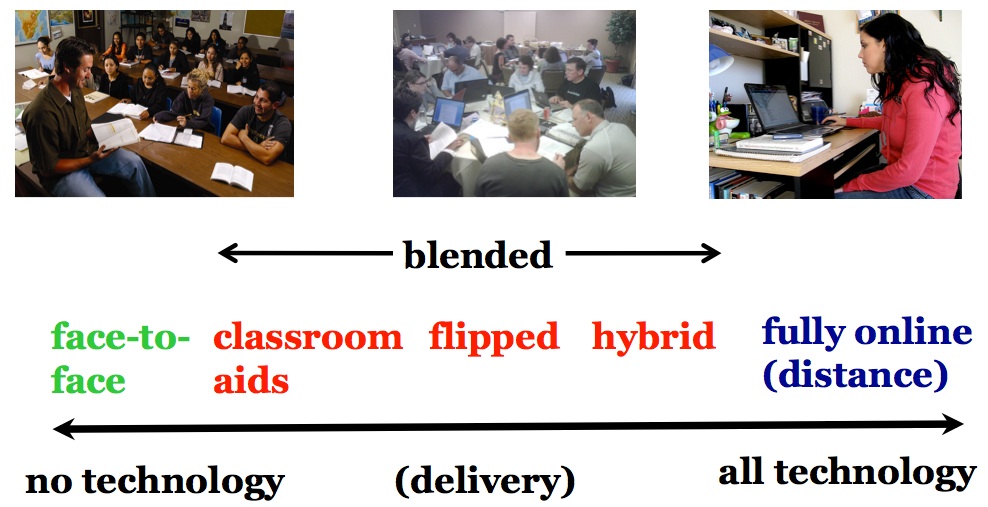Our HyFlex Experiment: What’s Worked and What Hasn’t
Armed with a can-do spirit, faculty members leaped into hybrid teaching this fall. The results have been decidedly mixed.
By Kevin Gannon OCTOBER 26, 2020
https://www.chronicle.com/article/our-hyflex-experiment-whats-worked-and-what-hasnt
The flexibility afforded to students by HyFlex courses has been evident this semester, but the style of teaching required has proven more difficult to maintain than anticipated. Moreover, that same flexibility has been the proverbial double-edged sword when it comes to student success.
HyFlex courses are hard to build, and even harder to teach.
Designing effective online courses is hard work and differs significantly from in-person teaching. HyFlex courses essentially braid the two together. Moreover, the braiding is even more complicated because the online strand is further divided into synchronous and asynchronous paths.
What seems clear is that institutions using the HyFlex model need to find more and different ways to support faculty members than before. Hire work-study students to wrangle Zoom? Improve the integration and workflow of these various tools? At the very least, we have to acknowledge the significant burden now on classroom instructors, a burden for which very few of us were prepared.
HyFlex’s origin story matters. HyFlex courses were initially developed for graduate students in an educational-technology program.
we needed more in the way of introducing students to HyFlex — more clearly and specifically outlining how the courses work and how to navigate them most successfully.
HyFlex works better for some types of classes than others. It’s no coincidence that faculty members who are finding HyFlex a difficult fit are those whose classes are either completely or mostly discussion-based, perhaps even student-led.
We need to help students learn to become online learners.
Faculty members cannot hide from structural racism and economic inequality any more, because our students were never able to in the first place.
++++++++++++
more on hyflex in this IMS blog
https://blog.stcloudstate.edu/ims?s=hyflex
